Sibiu – Astra Museum of Traditional Folk Civilization
The open-air museum is located at the outskirts of the city and it is the most famous open-air museum in Romania. Old houses, farm buildings, agricultural machines and tools from all parts of Romania are collected in the museum. The open-air museum is huge – 3 hectares. It takes a few hours to walk around. The ticket cost 25 lei and I recommend to visit the museum to find out hot old Romanian villages looked like.
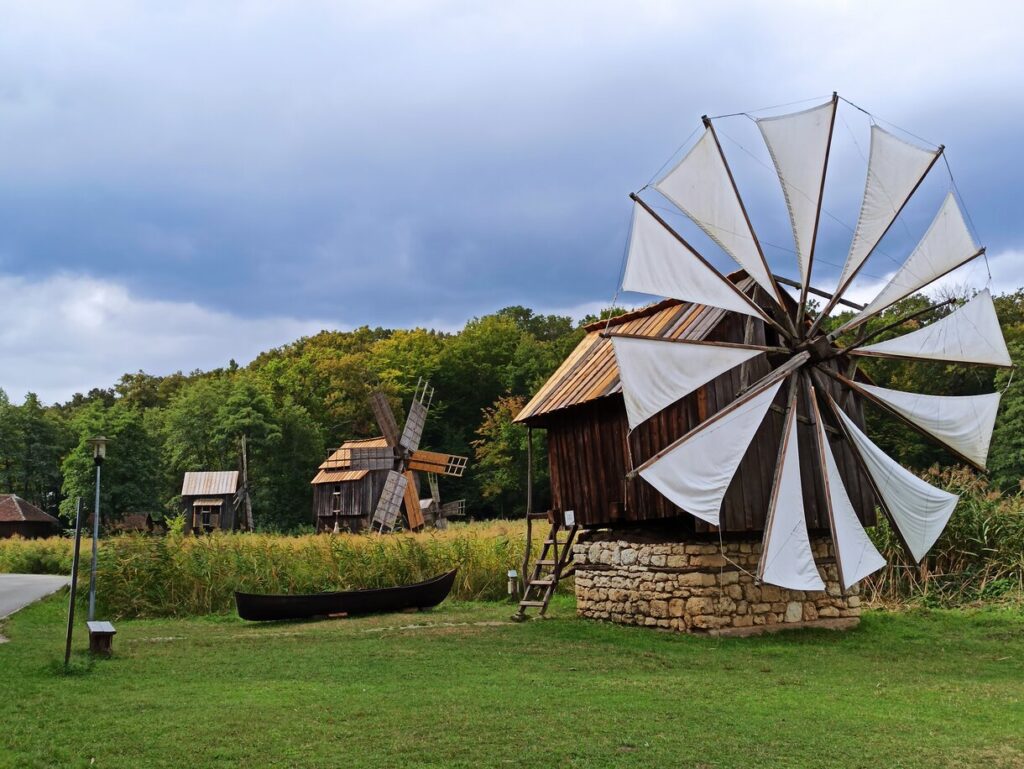
Sibiu
Sibiu is a tourist friendly city. All attractions are located in old town, around two squares. The larger one is called Piata Mare and the smaller Piata Mica. Wandering around pay attention to the roofs of the houses around the squares. They are decorated with small windows that look like eyes watching residents and tourists walking about on the streets. You may also visit Evangelical church. Unfortunately it was under renovation in 2021.
There is also a liars’ bridge in Sibiu. Only truthful people may pass it. One of the best painting museum in Romania is located in the Brukenthal Palace and I recommend to see it.
There are concerts and cultural events on the Pieta Mare at weekends.
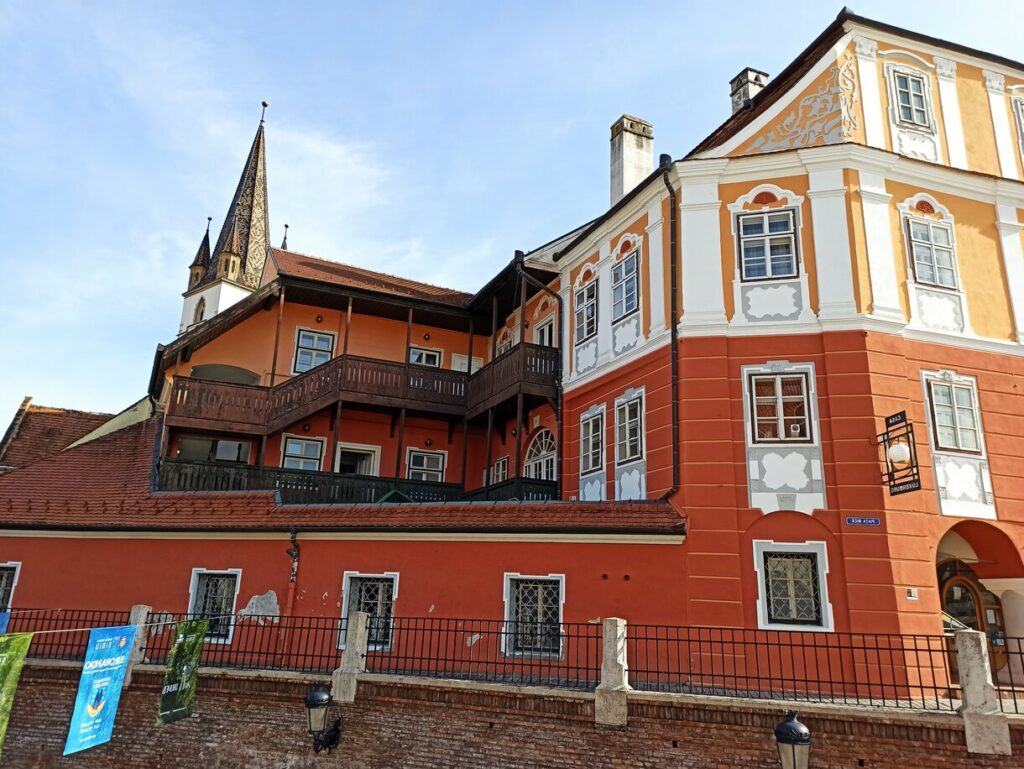
Alba Iulia
Albwas founded at ancient times. Alba Iulia was an commercial and political center of the Roman important province of Dacia.The 8th Legion of Roman Empire was deployed in the city. Unfortunately only some walls, up to 1 meter, has been preserved to the 21st century.
Catholic cathedral of St. Michael (founded in 13th century) is the most he most significant site located in the old city. It was a symbol of Hungarian (Catholics) inhabitants of the city. In the 1920s, the Orthodox inhabitants (Romanian) built Coronation Catherdral. In 1922, Ferdinand I of Romania was crowned King of Romania in Alba Iulia. The Orthodox Cathedral and the coronation were the symbols of Romanian domination in Alba Iulia.
Don’t miss a walk around city walls to see beautifully decorated city gates.
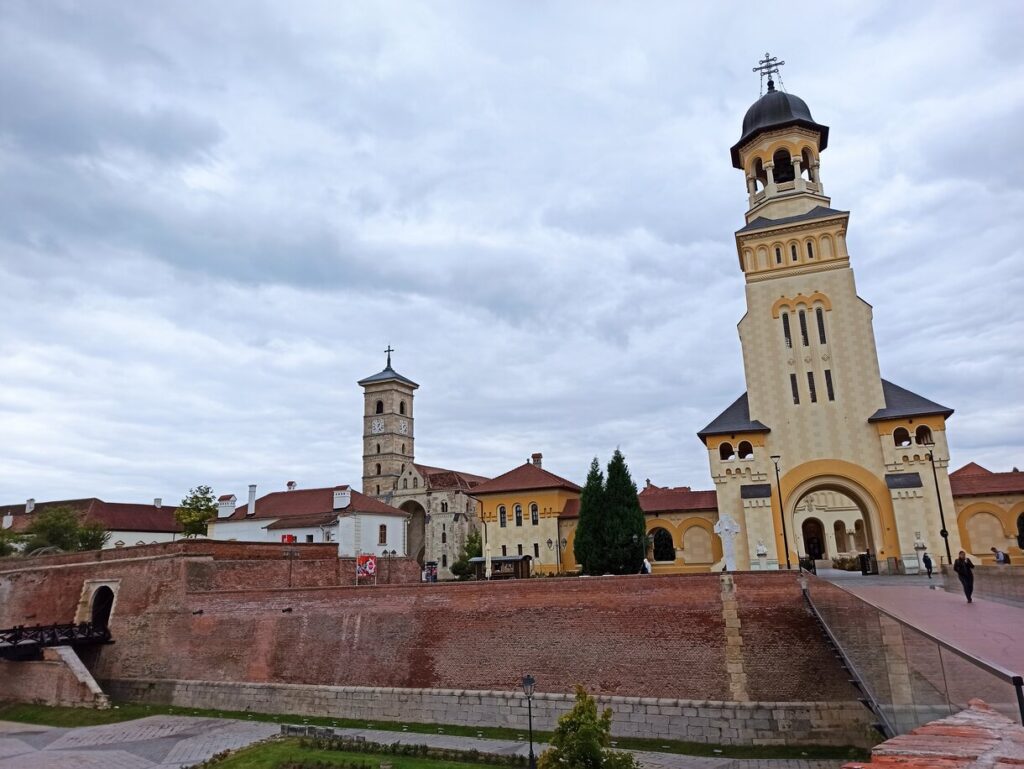
Sighișoara
Sighișoara is a small city with a very charming old town. I have seen a lot of old towns, but this one is the best. It is difficult to focus on one attraction. It is about the atmosphere, narrow streets, colorful buildings. Although the old town is not big (it is enough 2 hours to visit it), but it is difficult to leave this stunning place after all day. The clock tower is the most characteristic building in the city. Every hour the bells ring and wooden figurines move slightly. I recommend accommodation in the old town. The owners of accommodations usually arrange parking space (ask in advance).
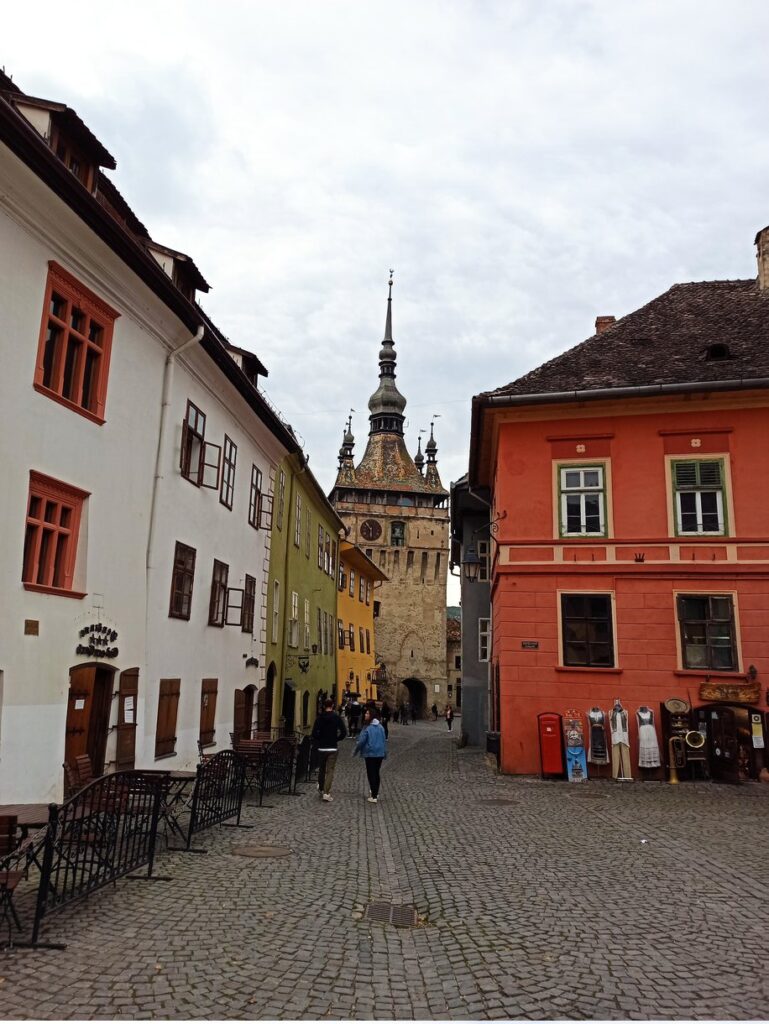
Cluj Napoca
Cluj Napoca is the second largest city in Romania, ca 320 thousand inhabitants. All attractions are located in walking distance area. St. Michael cathedral is situated on the main square of the city. Although it was renovated in 2021, its huge structure impressed me. The other churches reflect ethnic diversity of the city inhabited by Romanians (Orthodox), Hungarians (Catholics), and Germans (Protestants). The botanical garden (located a little further from the city center) is very nice. Parking spaces are paid in the city.
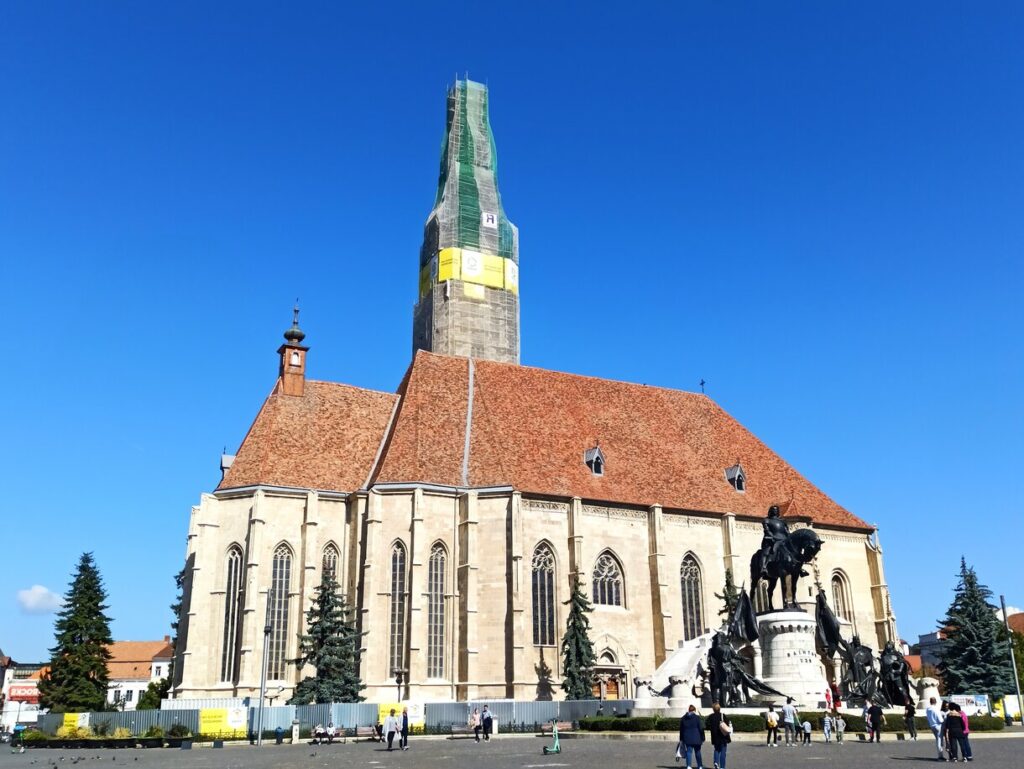
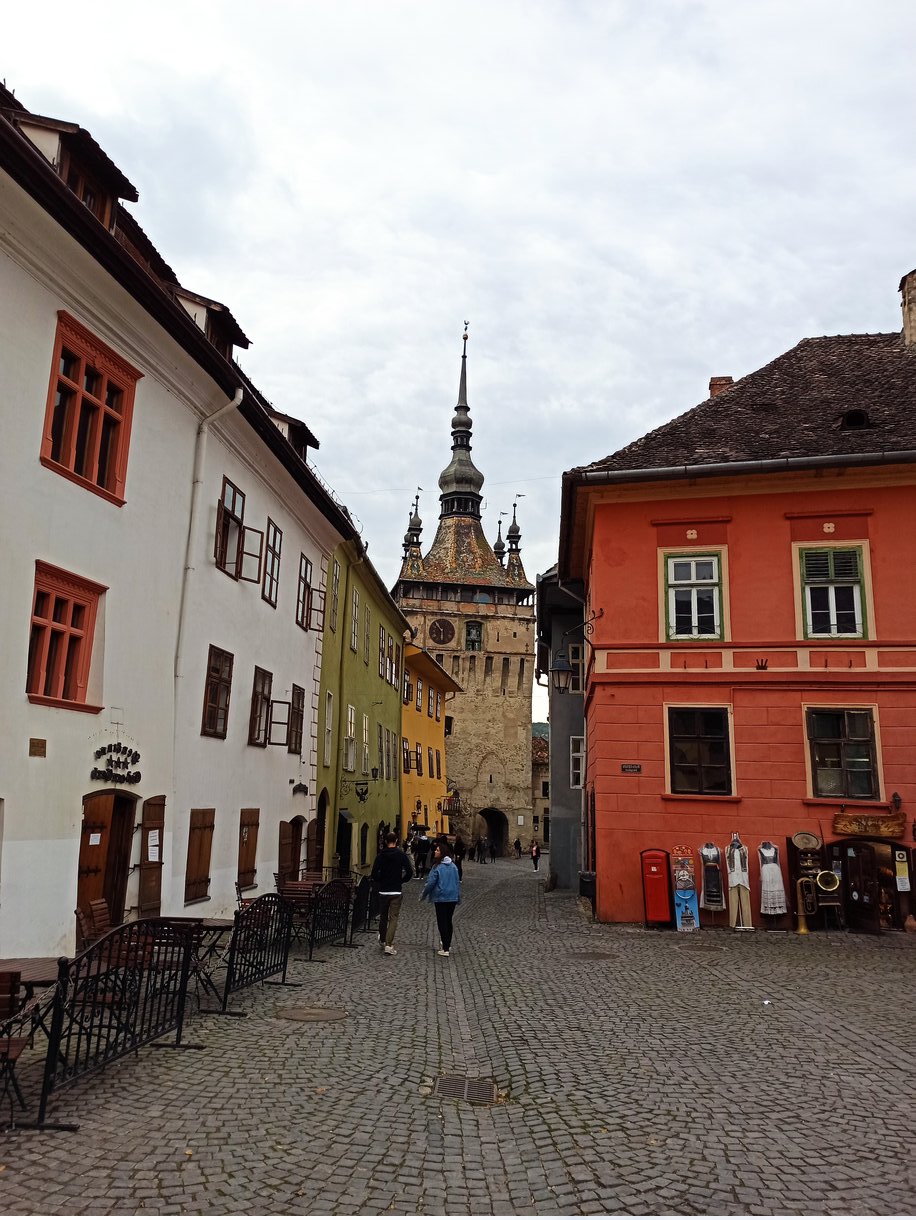
Leave a Reply